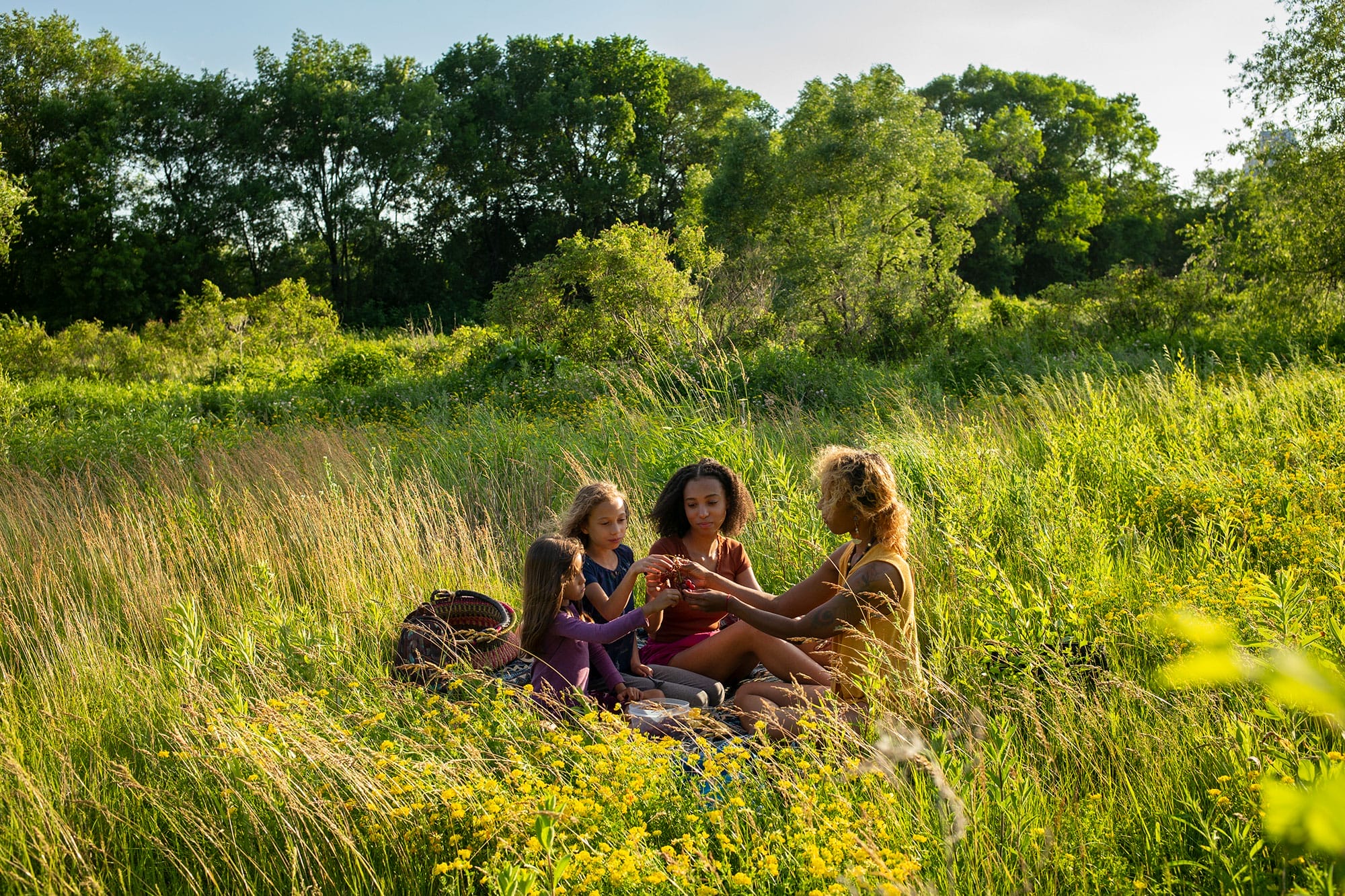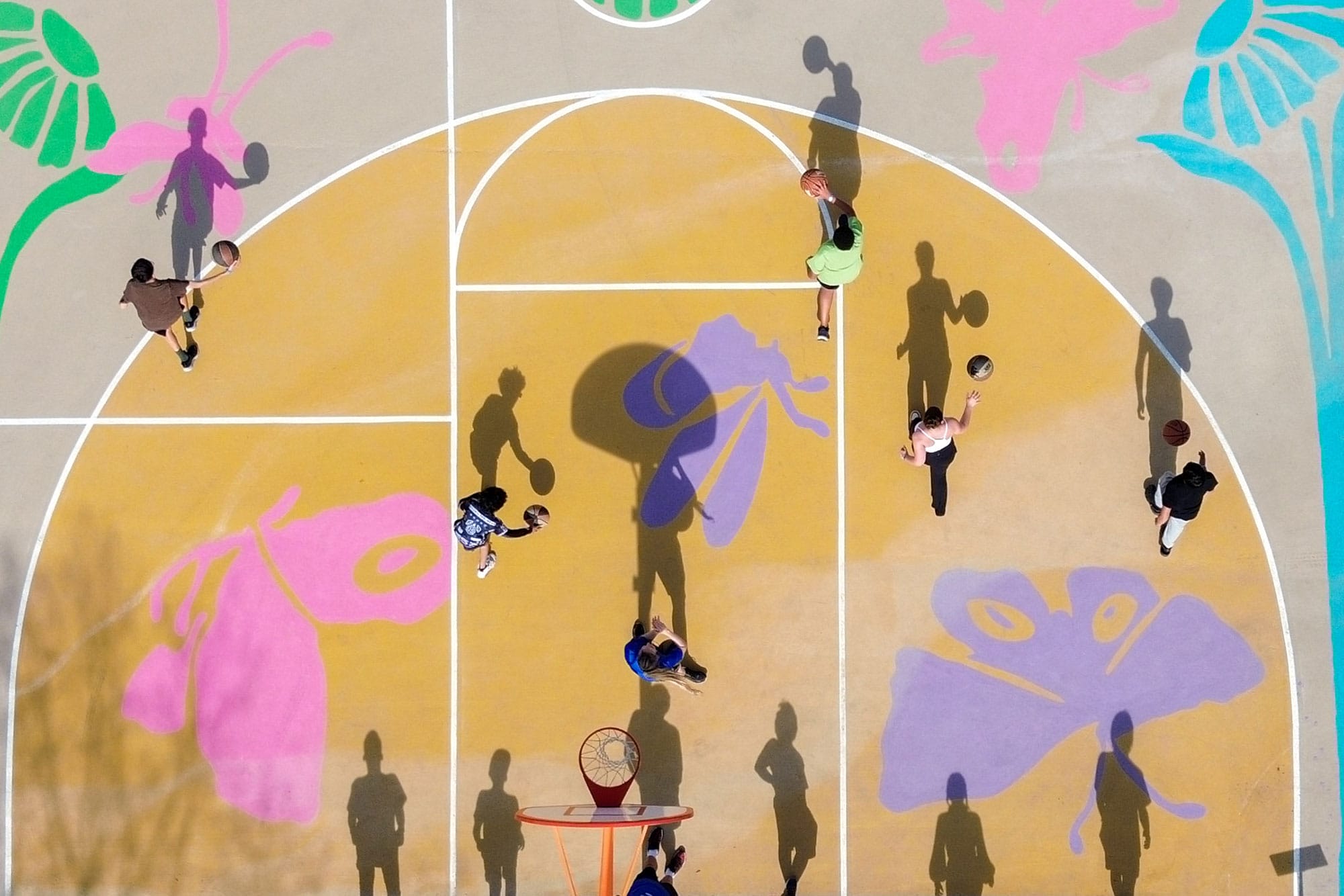Executive Summary
Americans’ sense of community is being sorely tested. Studies show that people are experiencing extreme levels of loneliness, polarization, and division. Places that historically brought people of different backgrounds together have faded in importance or have themselves become battlegrounds, from houses of worship to social clubs to school boards of education. Parks remain a neutral public gathering place where community members can meet, collaborate, and become empowered. Park leaders can foster those connections through a variety of approaches, programs, and partnerships.
 Across the United States, people are divided by politics, economics, race, ethnicity, and ideology. A looming presidential election and contentious wars abroad have raised those tensions further.
Across the United States, people are divided by politics, economics, race, ethnicity, and ideology. A looming presidential election and contentious wars abroad have raised those tensions further. More than three-quarters of major cities were more racially segregated in 2019 than in 1990.
More than three-quarters of major cities were more racially segregated in 2019 than in 1990. Half of American adults report feeling lonely, and the COVID-19 pandemic has exacerbated the isolation that many experience.
Half of American adults report feeling lonely, and the COVID-19 pandemic has exacerbated the isolation that many experience. Two-thirds of adults say they feel little to no confidence in the future of our political system.
Two-thirds of adults say they feel little to no confidence in the future of our political system.

Dakai Brown of Bridgeport, Connecticut, like children around the country, benefits tremendously from communities where social connections are strong. High-quality parks are a contributing factor to social capital, which can deliver lower mortality, reduced depression, and increased economic mobility.
 According to our analysis of park systems across the 100 most populous U.S. cities, residents of cities with the highest ParkScore® rankings are more socially connected and engaged with their neighbors than residents who live in cities with lower-ranking park systems.
According to our analysis of park systems across the 100 most populous U.S. cities, residents of cities with the highest ParkScore® rankings are more socially connected and engaged with their neighbors than residents who live in cities with lower-ranking park systems. In the top 25 ParkScore cities, there were on average 26 percent more social connections between low- and high-income individuals (“cross-group” relationships) than in lower-ranked cities. Also in those cities, people were 60 percent more likely to volunteer than those living in lower-ranked cities.
In the top 25 ParkScore cities, there were on average 26 percent more social connections between low- and high-income individuals (“cross-group” relationships) than in lower-ranked cities. Also in those cities, people were 60 percent more likely to volunteer than those living in lower-ranked cities. About two-thirds of ParkScore cities are investing in community engagement by compensating residents for their input or hiring full-time community engagement staff. Park leaders are also hiring and training community organizers to create programs for green spaces to encourage social connection.
About two-thirds of ParkScore cities are investing in community engagement by compensating residents for their input or hiring full-time community engagement staff. Park leaders are also hiring and training community organizers to create programs for green spaces to encourage social connection. According to the Center for Active Design, people who live near parks are more likely to be satisfied with their local government. In two dozen U.S. communities, those living near popular public parks reported 29 percent greater satisfaction with their parks and recreation departments, 14 percent greater satisfaction with their police, and 13 percent greater satisfaction with their mayor, compared with people not living near parks.
According to the Center for Active Design, people who live near parks are more likely to be satisfied with their local government. In two dozen U.S. communities, those living near popular public parks reported 29 percent greater satisfaction with their parks and recreation departments, 14 percent greater satisfaction with their police, and 13 percent greater satisfaction with their mayor, compared with people not living near parks.
 Develop civic infrastructure. That includes hosting voter registration and polling sites in parks; training residents in community engagement; permitting public protests; and welcoming community organizers. These activities elevate the democratic ideal of the public square.
Develop civic infrastructure. That includes hosting voter registration and polling sites in parks; training residents in community engagement; permitting public protests; and welcoming community organizers. These activities elevate the democratic ideal of the public square. Invest in community engagement and organizing. When planning an individual park or an entire master plan, park agencies should avoid a top-down approach and instead seek to consult, involve, and empower the community.
Invest in community engagement and organizing. When planning an individual park or an entire master plan, park agencies should avoid a top-down approach and instead seek to consult, involve, and empower the community. Activate park programs inspired by residents. Park leaders can bring diverse groups together through creative and culturally specific programs that engage new audiences and park user groups. These programs should reflect the cultures, interests, and priorities specific to that community.
Activate park programs inspired by residents. Park leaders can bring diverse groups together through creative and culturally specific programs that engage new audiences and park user groups. These programs should reflect the cultures, interests, and priorities specific to that community. Build strategic partnerships. Parks departments should develop partnerships with organizations that bolster park stewardship, the arts, public health, and literacy. Less typical though equally important goals include job training, housing stability, and immigrant inclusion.
Build strategic partnerships. Parks departments should develop partnerships with organizations that bolster park stewardship, the arts, public health, and literacy. Less typical though equally important goals include job training, housing stability, and immigrant inclusion.

It is no longer enough for cities to create high-quality green spaces. To create strong connections with the community and between residents, parks
departments must activate those spaces with culturally representative programs. Photo: Andy Richter


 Across the United States, people are divided by politics, economics, race, ethnicity, and ideology. A looming presidential election and contentious wars abroad have raised those tensions further.
Across the United States, people are divided by politics, economics, race, ethnicity, and ideology. A looming presidential election and contentious wars abroad have raised those tensions further.